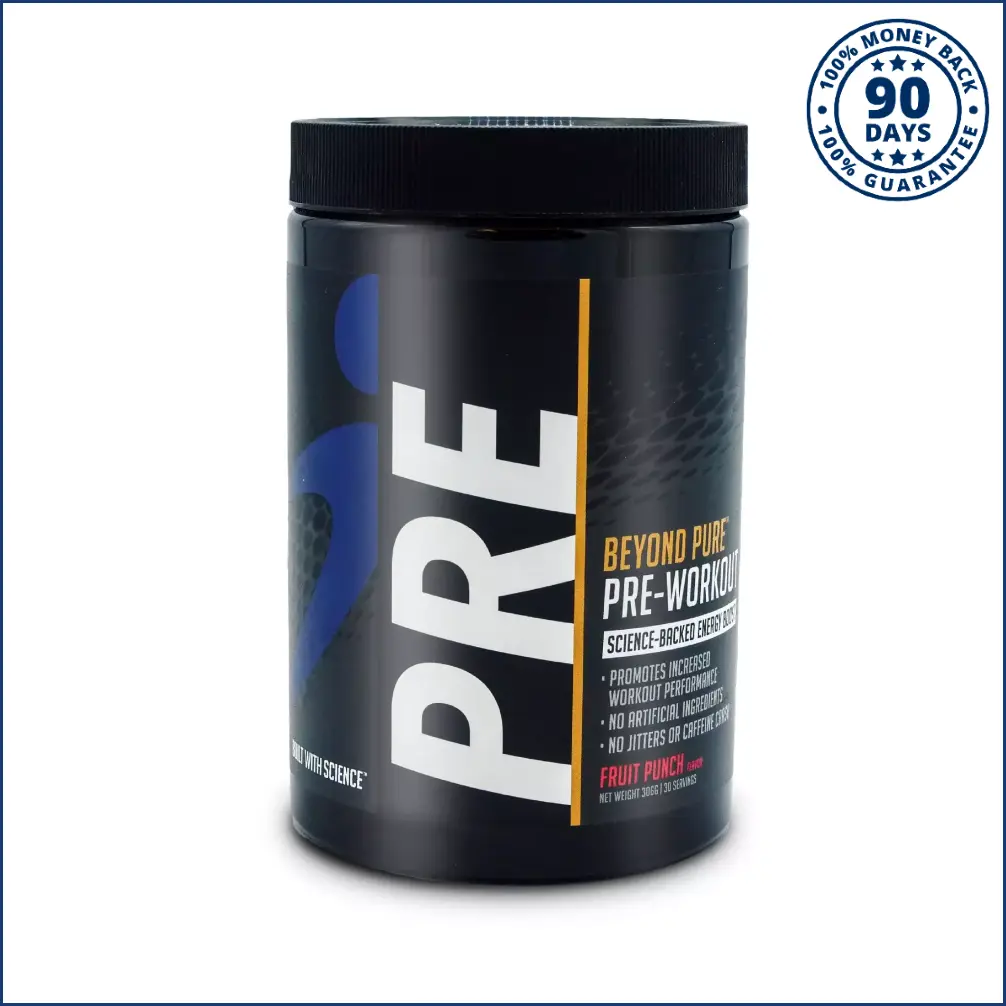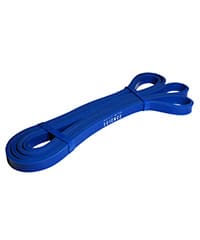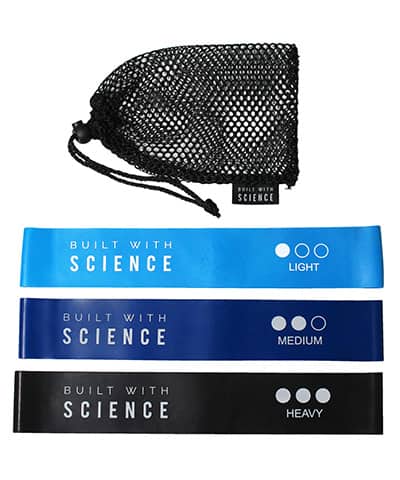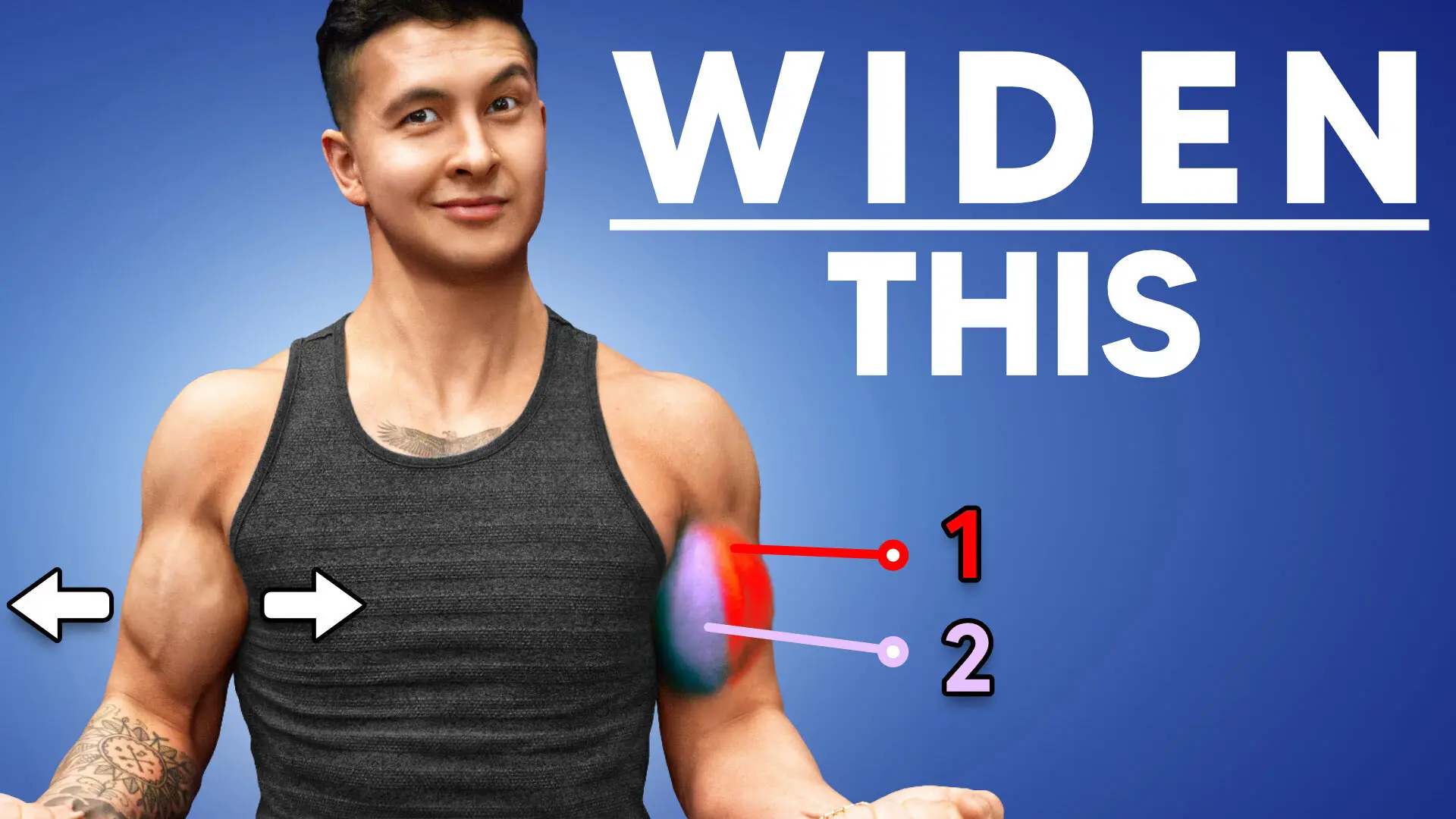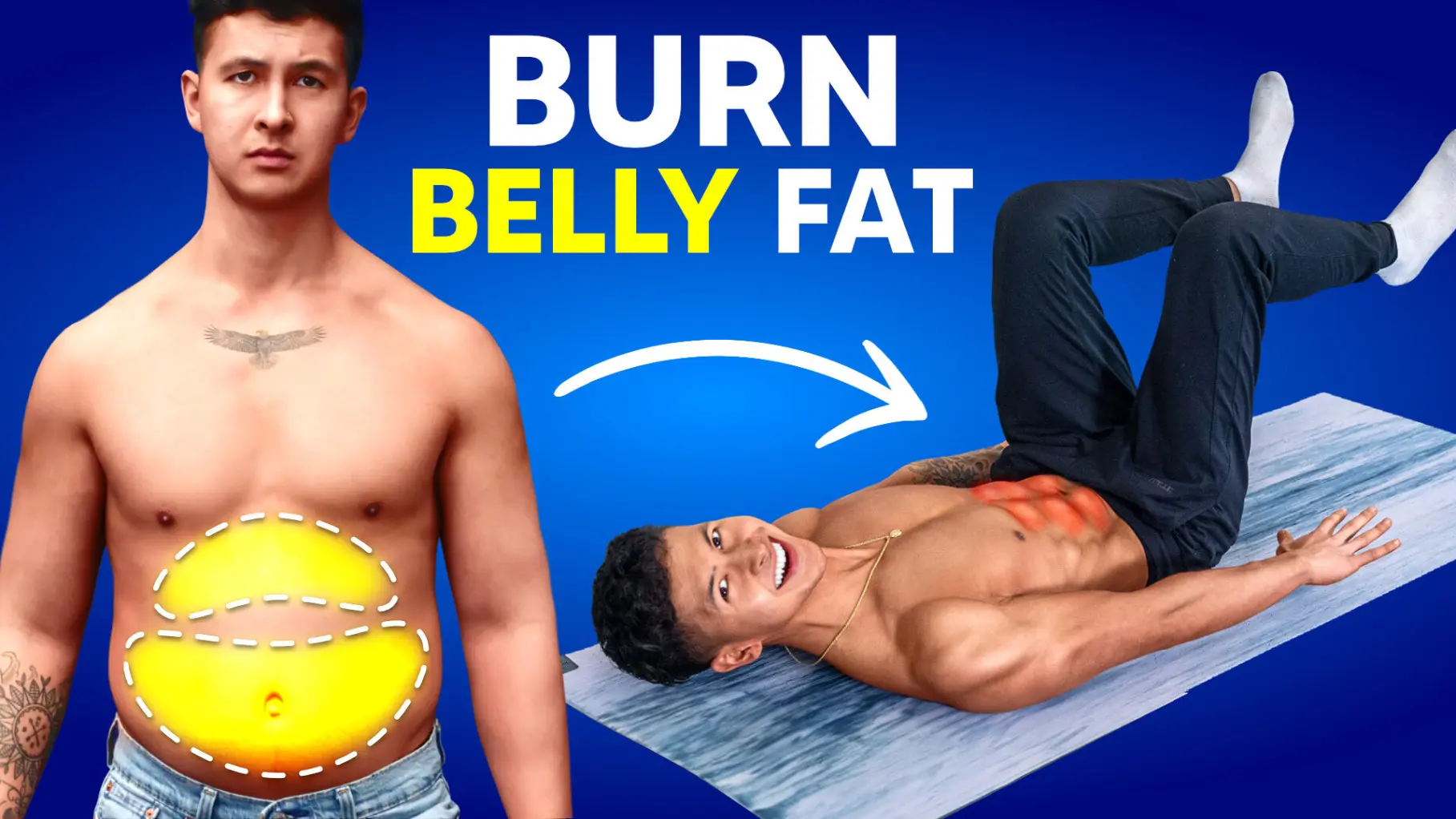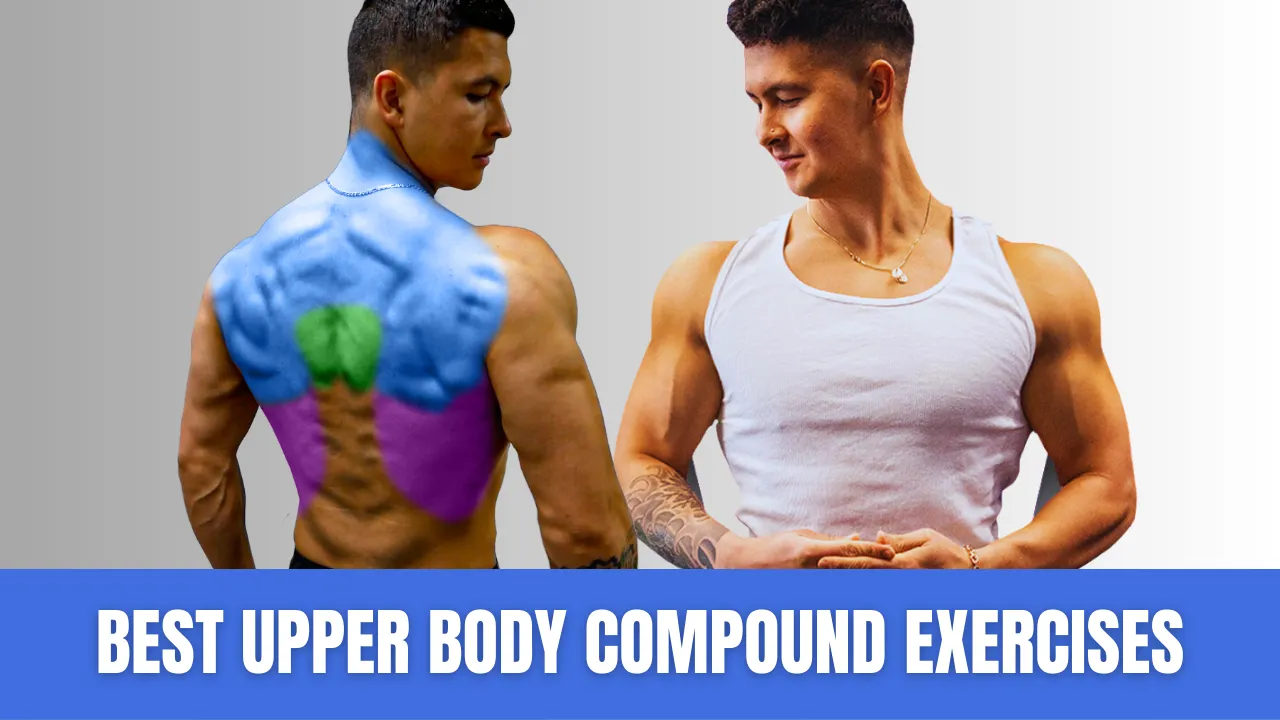
Compound Exercises For Upper Body | Built With Science
What Are The Best Compound Exercises For Upper Body?
Compound exercises are exercises that work multiple muscle groups across multiple joints.
While they do equally well at eliciting hypertrophy in a specific target group as isolation exercises when sets and reps are equated, compound exercises are undoubtedly a more time-efficient way of working out — especially when you’re training the upper body (when you’re on an upper-lower workout split, for instance), which is made up of so many muscle groups.
I mean, the back isn’t just “The Back”, a singular unit. It’s also broken down into the traps and lats, which are then respectively further divided into upper, mid, and lower traps, plus upper and lower lats.
And that’s just the back. The chest, shoulders, triceps, biceps, and core muscles also count toward the upper body musculature.
So, thankfully, compound exercises like the barbell bench press do great at targeting multiple muscle groups (FYI, the BB bench press hits your chest, shoulders, and triceps) within the upper body.
This is something you won’t see with isolation exercises. The chest flies, for example, only hit the chest. Now, this isn’t to say isolation exercises are useless. There are instances where they’re necessary and arguably better than compound … but more on that later.
Because first, let’s go over some great compound exercises that’ll cover all your upper body muscles. A preview of the exercises we’ll cover: the bench press, dip, bent-over row, neutral grip pull-up, elbows-flared row, and overhead press.
#1: Barbell Bench Press
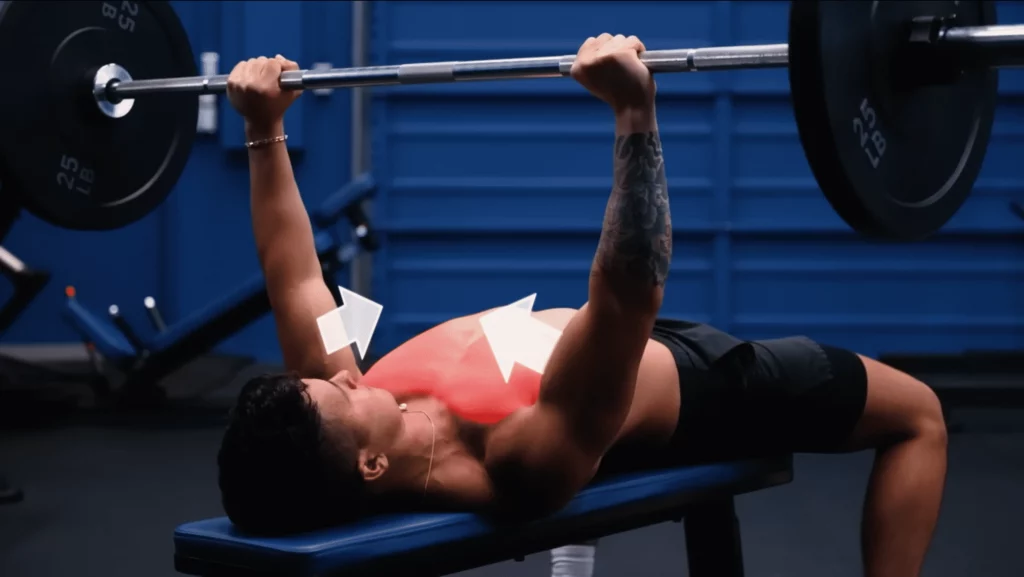
Equipment needed: Squat rack, barbell and a bench
Main muscles worked: Chest, shoulders, and triceps
The barbell bench press is a classic compound chest exercise that also targets the triceps and shoulders. There’s truly nothing quite like pushing something heavy off your chest!
Not to mention, in my chest EMG article, I found that it ranked relatively well amongst 15 other chest exercises in terms of lower and middle chest activation.
Here’s an important disclaimer: higher EMG readings don’t necessarily translate to more muscle growth in the long term. That’ll often depend on many other factors, including an individual’s nutrition and lifting experience.
So, a more accurate way of “interpreting” EMG results would be simply treating them as a rough indicator of how well a certain exercise targets a particular muscle group or a particular region within a muscle group compared to other exercises.
Another reason why I recommend the BB bench press?
It makes progressive overload easy; you won’t have to worry about heaving heavy dumbbells during set-up.
That said, make sure you find the best BB bench press form for your anatomy. I highly encourage you to check out my bench press form articles, but if you’re in a time crunch, the following tips are probably enough to get you started:
- Play around with your elbow angle till you find 1 that best activates your chest while minimizing any shoulder or elbow discomfort (typically between 45 degrees to 70 degrees)
- Use a grip width that allows your forearms to stay vertical with your elbows stacked directly under your wrists
- Maintain at least some degree of an arch in your upper back as you press
#2: 15-Degree Dumbbell Bench Press
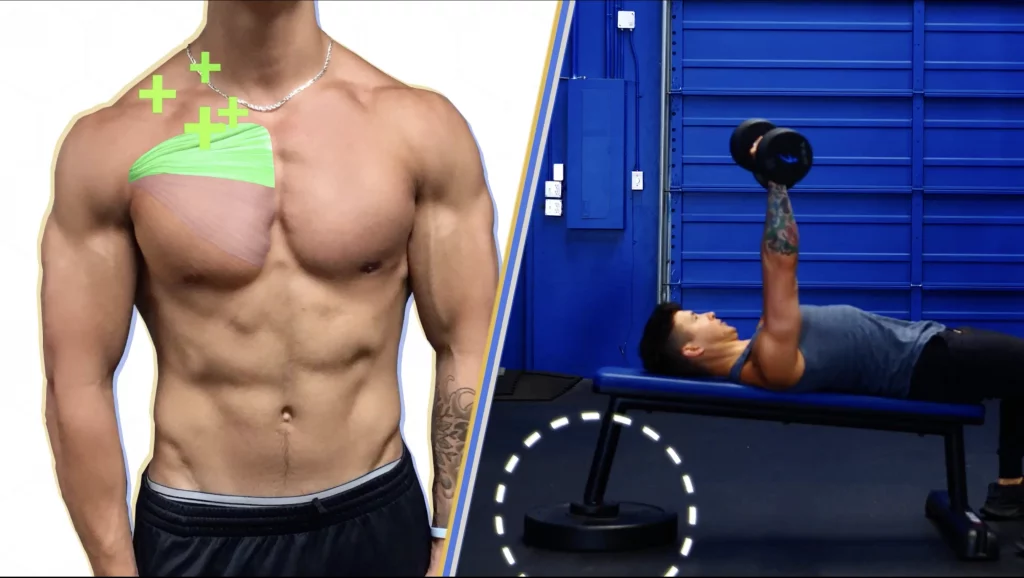
Equipment needed: Dumbbells and a bench
Main muscles worked: Chest, shoulders, and triceps
The BB bench press is great. But there are times when you might wish to swap out those barbells for dumbbells.
Why? Well, the first, most compelling reason is that dumbbells often allow you to hit a deeper stretch at the bottom position — and, as mentioned in my stretch-mediated hypertrophy article, recent research seems to suggest that the stretched position might be even more growth-promoting than other positions.
And the second?
I actually found that the 15-degree dumbbell bench press outranked the flat BB bench press in terms of upper and middle chest activation (once again, in my chest EMG article).
Note: the incline is also likely to shift a little more tension onto the front delts. Oh, and if you’re wondering, a 15-degree incline is just 1 notch up from flat on the bench.
#3: Dips
Equipment needed: Dip machine
Main muscles worked: Chest, shoulders, and triceps
Dips do particularly well at targeting the chest, front delts, and triceps. Now, you can choose to preferentially target your:
- Chest: By maintaining a slight lean in your torso, and
- Triceps: By being a bit more upright
If you find bodyweight dips too challenging, you could regress the movement by using the assisted dips machine. And to progressive overload from bodyweight dips, you could attach weight plates to your waist via a dip belt.
#3: Barbell Row
Equipment needed: Squat rack and barbell
Main muscles worked: Back and biceps
The only thing more satisfying than pushing things away is bringing something close to you, then squeezing it tight!
Yes, that’s right: we’re talking about the barbell row. Now, here’s the really interesting thing about the BB row. Your grip width and choice of grip (i.e., underhand or overhand) can make a huge difference in which muscle groups you’re preferentially targeting:
- Wide grip: You’ll be able to pull the bar higher towards your sternum and flare your elbows out more. This results in higher activation in the traps, rear delts, and overall upper back musculature.
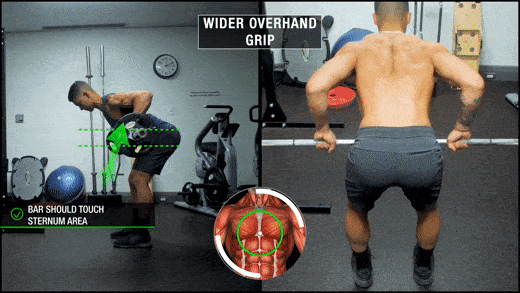
- Narrow grip: You’ll pull the bar lower toward your belly button and tuck the elbows closer ot your sides. This puts your lats in a more mechanically advantageous position, meaning they’ll be prioritized.
- Underhand grip: Compared to an overhand grip, you’ll be able to tuck the elbows even closer, which prioritizes the lats even more. This also calls for higher biceps activation.
Admittedly, though, the BB row can demand a lot out of your lower back, so make sure it’s one of the first exercises you do in your workout. Or, if your lower back tends to give out before you’ve meaningfully worked your other back muscles, you could also consider chest-supported row alternatives, including the dumbbell chest-supported row.
#4: Overhand Grip Pull Up
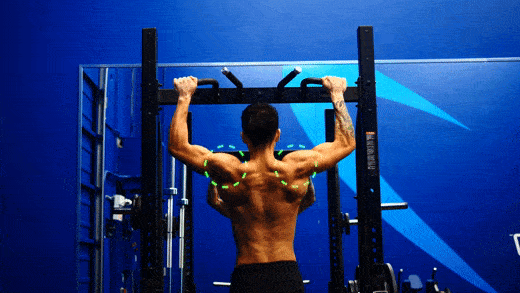
Equipment needed: Pull up bar
Main muscles worked: Back and biceps
Another great upper body compound exercise that hits the back and biceps well is the overhand grip pull up.
In a 2017 EMG study published in the Journal of Electromyography and Kinesiology, the traditional pull up (i.e., with the overhand grip) showed higher activation levels in the:
- Brachioradialis
- Middle and lower traps
- Lats
- Infraspinatus
… than chin-ups, neutral grip pull-ups, and rope grip pull-ups. But, of course, if you’re a beginner, getting your first pull-up can sometimes feel like you’re trying to scale Mount Everest.
So, if you need help with that, feel free to check out the pull-up progression plan I specifically wrote to help you get your first pull-up (and more).
#5: Meadows Row
Equipment needed: Barbell and ideally a landmine attachment
Main muscles worked: Back and (somewhat) biceps
The Meadows Row is a great way to help prevent imbalances by working one side of the back at a time.
Now, 1 common mistake I see people make in the gym with this exercise is using the 45 lbs weight plates. Those severely limit your range of motion — and we don’t want that.
So, remember to load the barbell with smaller weight plates to increase the range of motion your back muscles will go through with the Meadows Row.
Here are a few form tips to note:
- Get into an athletic stance as if you were doing a barbell row
- Keep your elbow angled at about 60 degrees as you pull the bar up

- Prevent your grip strength from limiting your back gains by using a lifting strap (if needed)
#6: Seated Dumbbell Shoulder Press
Equipment needed: Dumbbells and a bench
Main muscles worked: Shoulders
Want shoulders like boulders? Well, then you’d probably want to hit them directly.
And, as mentioned in the article I did on the best shoulder compound exercises, the seated dumbbell shoulder press ended up activating the front delts best out of 17 shoulder exercises.
It’s likely because sitting takes away quite a bit of stability demands — better allowing you to really focus on hitting those front delts. Plus, using dumbbells instead of the barbell eliminates all the fumbling around with the J-hooks (one up is too high, but one down is too low — ugh) you need to do to find the set-up height that works for you.
Just remember to press in the scapular plane. This means keeping your arms and elbows at ~20 to 30 degrees in front of you, relative to your torso, instead of directly to your sides as you lift.

What Are The Best Compound Upper Body Exercises For Beginners?
If you’re new to the gym and intimidated by the upper body compound exercises listed above, I’d recommend you try their machine-based alternatives instead. That would mean swapping:
- Barbell bench press for machine chest press
- 15-degree dumbbell bench press for incline chest press
- Dips for assisted dips
- Barbell row for the seated row machine
- Overhand grip pull up for the lat pull down
- Meadows row for the cable row
- Seated barbell shoulder press for the machine shoulder press
Isolation Exercises Help Round Out Your Muscle Development
Now, here’s the thing. While compound exercises are great, they aren’t foolproof.
For example, most shoulder compound exercises only target the front delts — which is a recipe for failure if you’re trying to build wider-looking shoulders for that impressive V-taper. This is where isolation exercises come in:
- Shoulders: In this shoulder EMG article where I tested 17 shoulder exercises, I found that almost all lateral raise variations worked the side delts best, while the cable rear delt flyes worked the rear delts best.
- Biceps: Yes, your biceps will be hit during back movements. But to optimally target them (especially when it comes to the long head), you’d need dedicated curls, including but not limited to incline dumbbell curls.
- Triceps: As mentioned in my article on best compound triceps exercises, the long head of the triceps isn’t optimally targeted during pressing motions. This is where isolation exercises like the overhead cable extensions and incline dumbbell kickbacks come in.
- Core: Those with sharp eyes would have realized that I didn’t mention the core at all throughout this article. While all compound exercises involve the core to some extent, in general, you’d still need dedicated work to grow them and support optimal lifting performance. Also, no, your core isn’t just made of your abs. Learn why and how to actually build a stronger, more functional core here.
Phew. That was a lot.
And … just because you know what the best upper body compound exercises are doesn’t mean you know how to incorporate them into your training plan for optimal hypertrophy.
There’s also the lower body to think about.
Oh, and let’s not forget about having to pick the right isolation exercises to complement the compound exercises you’re already doing.
If your heart rate’s up and you’re frowning (“I don’t know what to do!”), don’t worry — I’ve designed every Built With Science program to take care of all the guesswork for you. It’s the ultimate science-based, step-by-step program that’ll show you exactly what to do to transform your body in the most time-efficient way possible.
To discover the best program for you:
Click the button below to take my analysis quiz to discover the best program for you:
↓


